All the latest news from Twelvebottles
Categories
In vino veritas - discovering the wines of Cori

14 February 2022
“In vino veritas”, the Latin proverb meaning “In wine, there is truth” was an expression adopted by the Ancient Romans. Whilst wine provided an intrinsic joy, the intoxicating affects meant no stone was left unturned when truths were revealed and decision making amongst Senators took place...
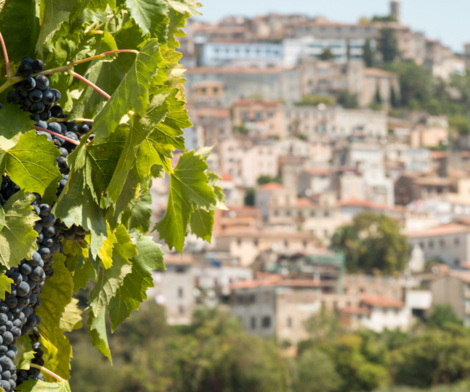
The ancient town of Cori, Lazio and its native Nero Buono grapes
It is no surprise that in modern times, the land that can be traced back to ancient Rome provides the foundation for one of Italy’s greatest wine production zones, and for good reason: the small, ancient town of Cori, one of the oldest wine production zones in the world, is home to local wine cooperative Cincinnato, who’s strong focus on the quality of its grapes and sustainability of its practices ensures that it will continue well into the future.

The Temple of Hercules in Cori
Situated on the foothills of the Lepini Mountains, just over 50km South-East of Rome, Cori provides the backdrop for one of the region’s most thriving vineyards and olive groves, Cincinnato. Urban structures dating back to the 5th century BC, can be seen in each of town’s four quarters, standing strong amidst the town’s more “modern” medieval architecture. Corinthian style monuments such as Temple of Hercules and Discouri that have graced the town since 89BC overlook the stunning landscape where Cincinnato’s grower community tends its crops.
Cori’s terroir is made up of a volcanic layer on calcareous rock, 20-30m deep. The land’s proximity to the Mediterranean sea (25km) guarantees exposure to sea breezes. These characteristics, paired with its hilly landscape, are responsible for producing grapes that offer bold, fruity aromas and mineral notes. Rare grape varieties indigenous to the region including Nero Buono and the white Bellone and Greco, amongst others.
Cincinnato - a modern cooperative build on ancient roots
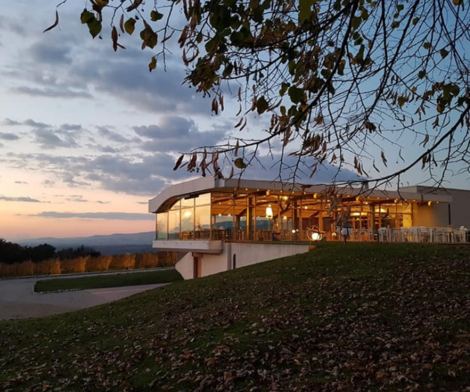
Cincinnato winery, Cori
In 1947, several farmers founded the Cincinnato Cooperative with the purpose of producing and contributing to the local agriculture of Cori. The name Cincinnato was founded in honour of Lucius Quintius Cincinnatus, who led the battle against the Aequi in 458BC. Legend has it that after winning the battle, he turned down the honours and public offices offered to him by the Roman Council in order to return to his land - the same land that today is home to Cincinnato.
Birth of the Winery
In 1979, Cincinnato established an innovative winery using cutting-edge technology to redefine the art of environmental sustainability.
In 1995, Cincinnato become a regional leader in environmental sustainability with the commencement of its Quality Project. To ensure the greatest quality of local grapes, the Quality Project included adopting organic wine production methods (certified since 2003) and utilising their own independent solar power system to supply energy for its machinery. This was coupled with the use of only natural gas-fuelled vehicles for local distribution.
“Cincinnato is deeply conscious of the importance of typicity and biodiversity, and for this reason has always been committed to regenerating and showcasing native grape varieties such as Nero Buono and Bellone”.
Since then Cincinnato has grown into a modern winery of 105 growers and 550 hectares, 100 of which are entirely certified organic.
Meet the natives…
Nero Buono
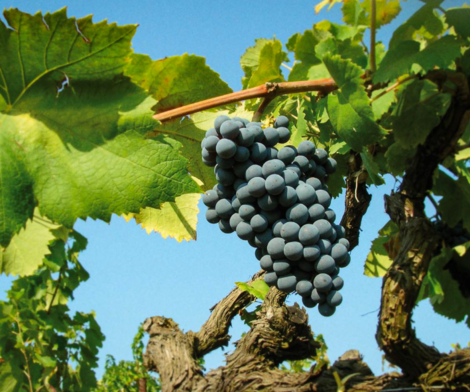
The Nero Buono grapes grown by Cincinnato’s cooperative members are grown in Cori’s volcanic-clayey soil, 250m above sea level. They are medium-sized with a typical thick and pruinose skin. This ancient grape has been recovered by Cincinnato and improved through research and experiments to enhance its distinctive qualities.
The vines occupy 26 hectares – constituting 29% of Italy’s entire cultivation of this varietal.
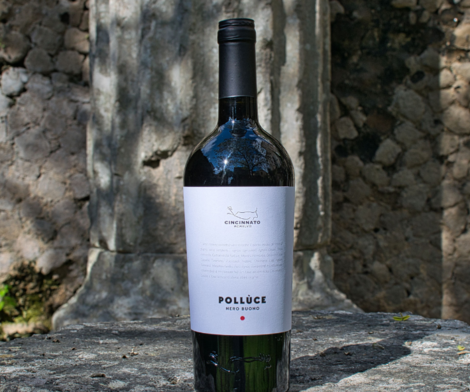
Named after Pollux, the God of sailing and horsemanship in Roman and Greek mythology and whom the Temple of Discouri in Cori is dedicated to, Cincinnato’s Pollùce Nero Buono IGP Lazio displays a ruby red colour with purple highlights, offering an intense fragrance of red fruits with an elegant complexity.
Bellone
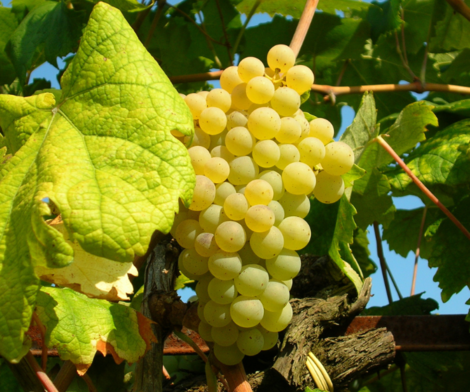
Cincinnato has 60 hectares dedicated to the Bellone vine which makes up 14% of Lazio’s cultivation. Known as the “bread grape”, it’s characterised by large, round berries and portly bunches. Bellone is believed to have derived from Uva Pantastica, documented as being a high-quality grape by ancient Roman scholar Pliny the Elder (77-79AD).
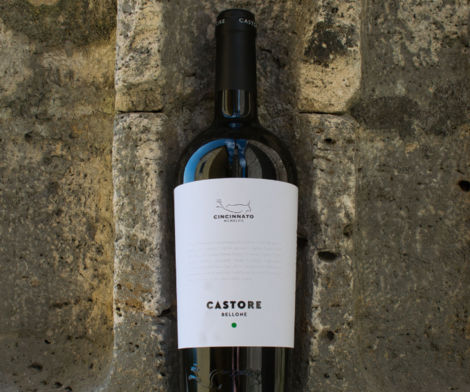
Named after Castor, the twin brother of Pollux, Cincinnato’s Castore Bellone IGP Lazio Bianco possesses a straw yellow colour, while aromas of yellow peach and hawthorn are found on the nose. A fresh palate of mineral notes makes it a notable pairing with pasta and seafood. Bellone should be enjoyed whilst the wine is young to really take in its characteristics at its freshest point.
Greco
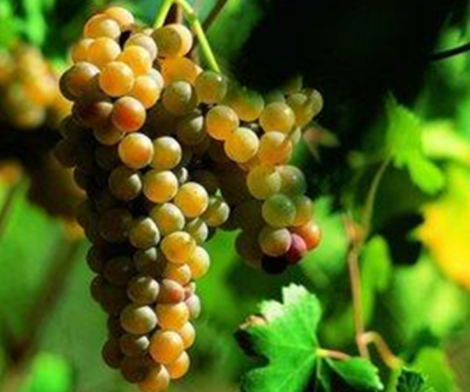
Greco derives from the Malvasia family of grapes but is only cultivated in the Latium (Lazio) region of Central Italy. Another ancient grape native to the lavic hills of Cori, Greco has since become a more widespread grape within central Italy. It is a small grape with thick and pruinose skin that produces a soft flavour and full-bodied wine. An aromatic variety, it reveals high sugar residuals and intense scents.
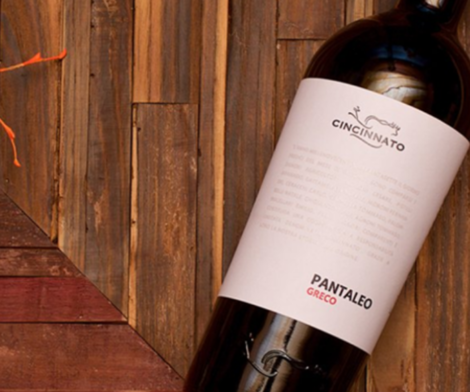
Cincinnato’s Pantaleo Greco IGP Lazio Bianco possesses an intense yellow colouring with golden highlights. A very fruity fragrance with fresh mineral notes on the palate makes it an ideal food pairing with typical antipasto platters, pasta and seafood.
Traditionally these wines were fat, rounded and made for immediate consumption. Today the styles are lighter, drier and crisper thanks to modern vinification and organic methods. However they are still designed for drinking young, characterized by their sharpness, high acidity and a lightness that makes them an ideal accompaniment to the local cuisine. They cut through the heaviness of dishes such as porchetta (pork roasted with herbs) and abbacchio (young lamb), but are also suited to pasta and the abundant seafood dishes offered up on Australian menus.
These ancient grapes have been brought back to life by the Cincinnato cooperative for the enjoyment of wine lovers all over the world. Thanks largely in part to its efforts, we can all experience a glass of ancient Rome!

